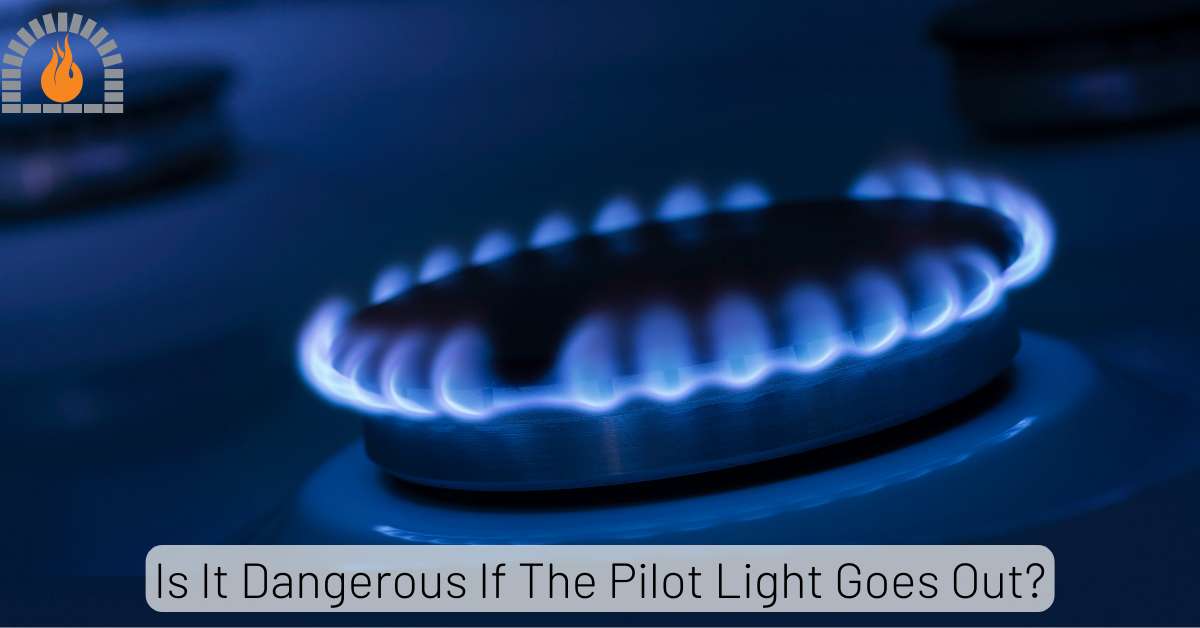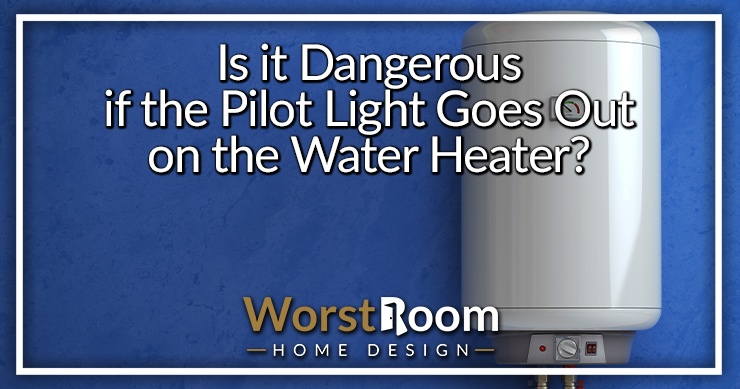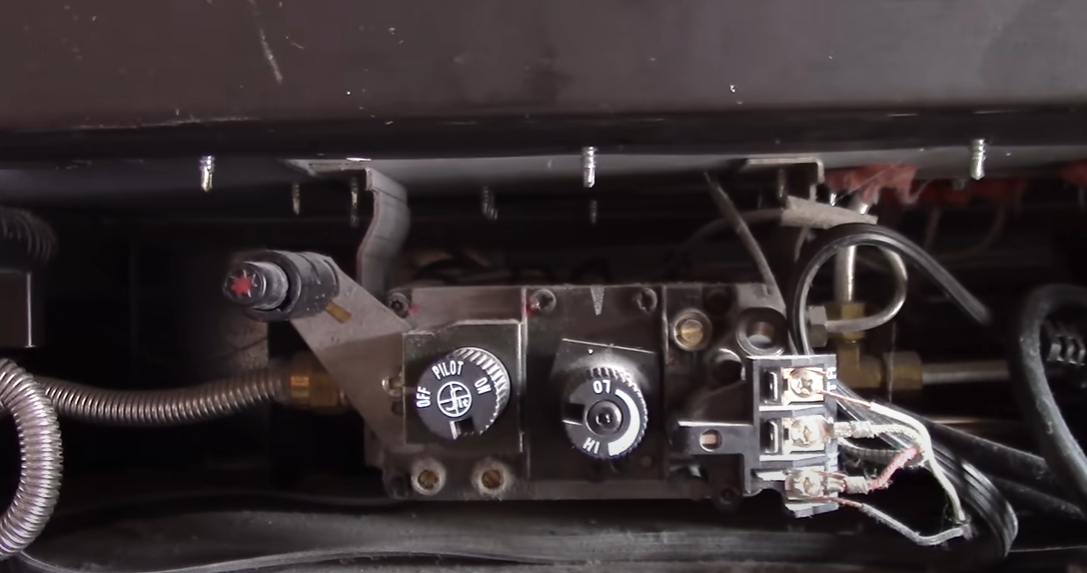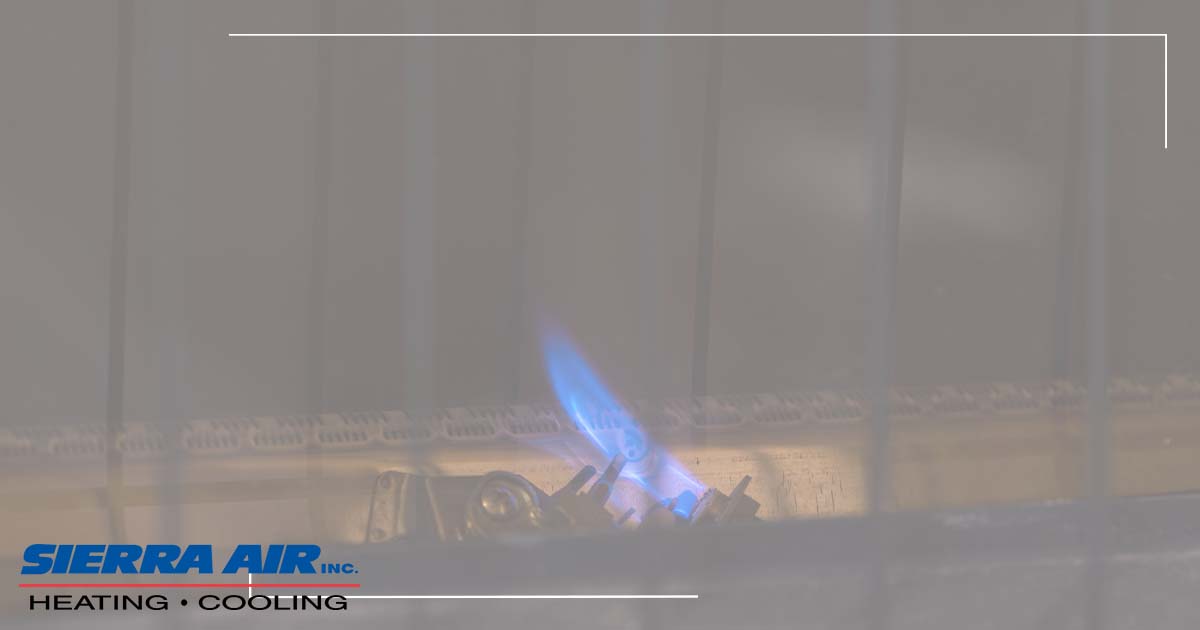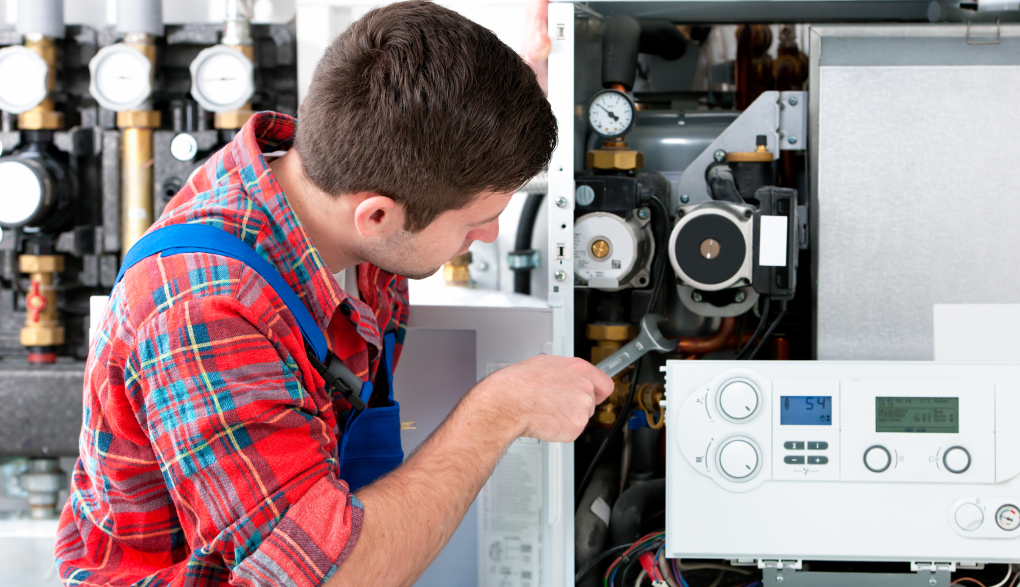If Pilot Light Goes Out Is It Dangerous

In the quest for energy efficiency and lower utility bills, understanding the nuances of your home's heating system is crucial. One question that often surfaces, especially for homeowners with older furnaces, water heaters, or gas fireplaces, is: If the pilot light goes out, is it dangerous? This article will delve into the potential dangers, causes, and solutions, helping you make informed decisions about your HVAC system and overall energy management.
Understanding Pilot Lights: A Primer
A pilot light is a small, continuous gas flame used to ignite the main burner in gas appliances. Historically, it was a reliable method, but modern advancements offer safer and more efficient alternatives. While pilot lights provide instant ignition, they also consume gas constantly, contributing to higher energy bills. According to the Energy Information Administration (EIA), appliances with standing pilot lights can account for a significant portion of a home's annual gas consumption, even when the appliance isn't actively in use.
Consider this: a continuously burning pilot light might consume approximately 300-600 BTU per hour. Over a year, this translates to a considerable waste of natural gas. Switching to an appliance with electronic ignition can save you money and reduce your carbon footprint.
The Potential Dangers of an Extinguished Pilot Light
The immediate danger of a pilot light going out isn't typically an explosion. Modern gas appliances have safety mechanisms designed to prevent gas leaks. However, a persistent gas leak due to a malfunctioning safety valve is a serious risk. Here's a breakdown of the potential hazards:
Carbon Monoxide Poisoning
This is the most significant risk. If the pilot light goes out and the main burner attempts to ignite, unburnt gas can accumulate. While most appliances have safety shut-off valves, malfunctions can occur, leading to the release of carbon monoxide (CO), an odorless, colorless, and deadly gas. Install CO detectors on every level of your home and test them regularly. A malfunctioning or improperly vented appliance drastically increases the risk of CO poisoning.
Gas Leaks and Potential Fire/Explosion
While rare with modern appliances equipped with safety shutoff valves, a gas leak can still occur if these valves fail. If you smell gas, immediately evacuate the building, contact your gas company or the fire department from a safe location, and do not operate any electrical switches or use anything that could create a spark. This includes cell phones. Avoid returning until the gas leak has been identified and repaired by a qualified technician. Remember, natural gas is lighter than air and will dissipate quickly if properly vented.
Appliance Malfunction
A frequently extinguished pilot light can be a symptom of a larger problem with your appliance. This could include a faulty thermocouple, a dirty burner, or a problem with the gas regulator. Ignoring these issues can lead to further damage and costly repairs down the line.
Common Causes of a Pilot Light Going Out
Understanding why your pilot light goes out is crucial for preventing future occurrences. Here are some common culprits:
- Drafts: Strong drafts can extinguish the pilot light, especially in older appliances with less protection.
- Dirty Pilot Orifice: Dust, debris, and spider webs can clog the pilot orifice, disrupting the gas flow and causing the flame to go out.
- Faulty Thermocouple: The thermocouple is a safety device that senses the pilot flame and keeps the gas valve open. If it fails, it will shut off the gas supply, extinguishing the pilot light.
- Gas Supply Issues: A disruption in the gas supply, such as low gas pressure, can also cause the pilot light to go out.
- Down drafts in chimney: Back pressure in chimney pushes exhaust and potentially puts out pilot light.
Troubleshooting and Relighting a Pilot Light: A Step-by-Step Guide (With Caution)
If you are uncomfortable working with gas appliances, contact a qualified HVAC technician. Safety should always be your top priority.
- Turn off the gas supply: Locate the gas shut-off valve for the appliance (usually near the appliance) and turn it to the "off" position. Wait at least five minutes to allow any accumulated gas to dissipate.
- Locate the pilot light assembly: This is usually located near the burner. Consult your appliance's owner's manual for specific instructions.
- Follow the relighting instructions: Most appliances have instructions printed on a label near the pilot light assembly. These instructions typically involve holding down a reset button while lighting the pilot light with a long lighter or match.
- Observe the pilot flame: Once the pilot light is lit, continue holding down the reset button for about 30-60 seconds. This allows the thermocouple to heat up. Release the button and ensure the pilot light remains lit.
- Turn the gas supply back on: Slowly turn the gas shut-off valve back to the "on" position.
- Monitor the appliance: After relighting the pilot light, monitor the appliance for any unusual smells or sounds. If you suspect a gas leak, evacuate the building and contact your gas company or the fire department.
Energy Efficiency Upgrades: Ditching the Pilot Light for Modern Alternatives
The best way to avoid the risks and energy waste associated with pilot lights is to upgrade to a more efficient appliance with electronic ignition. Here are some options:
Electronic Ignition (EI) or Intermittent Pilot Ignition (IPI)
These systems use an electronic spark to ignite the main burner only when needed. They eliminate the need for a continuous pilot light, saving energy and reducing the risk of gas leaks. Appliances with EI or IPI are significantly more energy-efficient and can qualify for rebates from your utility company or government programs like Energy Star. For instance, a new furnace with an ECM motor and IPI can improve energy efficiency from 78% AFUE to 95% AFUE or higher, leading to substantial savings on your heating bills.
Tankless Water Heaters
These on-demand water heaters only heat water when you need it, eliminating the need for a storage tank and a pilot light. Tankless water heaters are incredibly energy-efficient and can save you a significant amount of money on your water heating bills. Many models also qualify for rebates.
Smart Thermostats and HVAC Integration
Integrating your HVAC system with a smart thermostat offers precise control and optimization. Smart thermostats can learn your heating and cooling patterns, automatically adjust temperatures, and even send you alerts if there's a problem with your system. They can also be integrated with other smart home devices, such as sensors and alarms, to provide a comprehensive energy management solution. Some smart thermostats can even detect potential problems with your furnace, such as a malfunctioning pilot light, and alert you to the issue.
The ROI of Energy-Efficient HVAC Systems
Investing in energy-efficient HVAC systems may seem like a significant upfront cost, but the long-term savings and benefits far outweigh the initial investment. Here's a look at the ROI:
- Reduced Energy Bills: Energy-efficient appliances use less gas and electricity, resulting in lower monthly utility bills.
- Increased Home Value: Upgrading to energy-efficient systems can increase the value of your home.
- Rebates and Tax Credits: Many utility companies and government programs offer rebates and tax credits for installing energy-efficient appliances.
- Improved Comfort: Modern HVAC systems offer better temperature control and improved air quality, leading to a more comfortable home environment.
- Reduced Carbon Footprint: By using less energy, you can reduce your carbon footprint and contribute to a more sustainable future.
Conclusion: Prioritizing Safety and Efficiency
While an extinguished pilot light may not always be immediately dangerous, it's essential to understand the potential risks and take appropriate precautions. By upgrading to more efficient appliances with electronic ignition, installing carbon monoxide detectors, and maintaining your HVAC system regularly, you can ensure the safety of your home and family while saving money on your energy bills. Don't hesitate to contact a qualified HVAC technician for professional assistance and guidance on energy-efficient solutions tailored to your specific needs. Remember, prioritizing safety and efficiency is an investment in the long-term health and value of your home.

